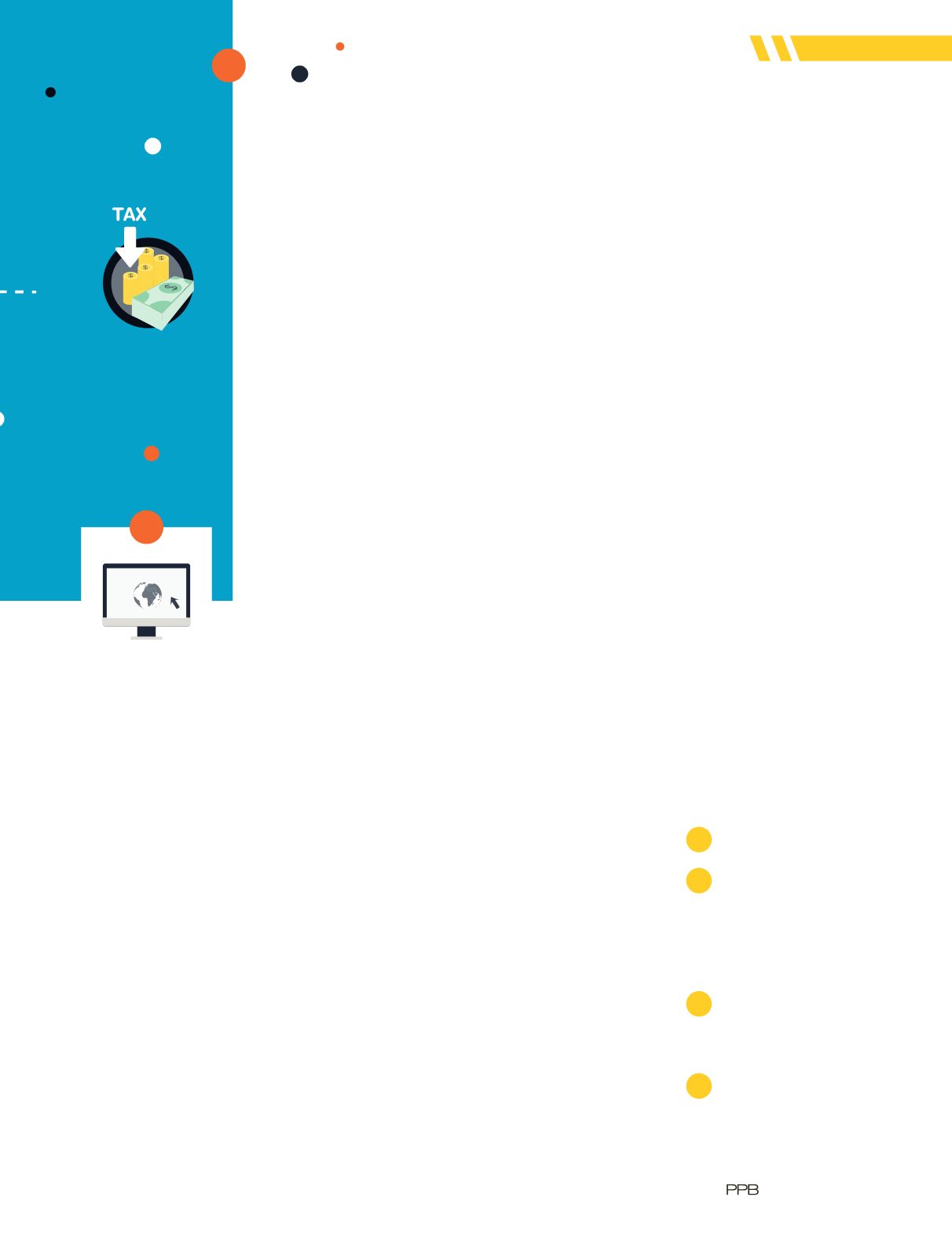

|
NOVEMBER 2016
|
77
THINK
the ITC and other agencies will
review and vet the information
received, after which the ITCwill
compile the individual qualifying
line items into the actual legislation
(theMTB) for submission to
Congress. We anticipate that
exercise will be completed in
the fall of 2017 and submitted
to Congress for a vote shortly
thereafter. Assuming that Congress
passes theMTB legislation, then
importers of qualifying goods
should start to see corresponding
duty savings shortly thereafter.
ExpectedMTB duty savings for
all MTB line items are expected
to exceed $700million annually.
In the past, products of
interest to PPAI members
included shopping bags with an
outer surface of spun bonded
polypropylene fabric or nonwoven
polypropylene fabric, containers
for various products, certain
manicure/pedicure sets, various
erasers and certain decorative
plates, plaques and sculptures,
among other items. Whether these
items or other goods of interest to
the promotional products industry
will be included in the newMTB
and if so, the corresponding
MTB duty reductions,
remain open questions.
The New MTB Process
As of October 14, 2016 the ITC
opened a portal on its website
enabling companies to submit
petitions to include particular
goods in the MTB.
Petitioners
will have a 60-day window (from
October 14, 2016 until December
13, 2016) to submit their petitions
to the ITC.
The window for
submitting petitions to get goods
into the MTB is expected to close
after December 13, 2016.
Thereafter, the ITCwill issue a
report providing the public with
an opportunity to comment on
the various petitions. After the
comment period closes, the ITCwill
release a preliminary report and a
final report, incorporating the ITC’s
own analysis of the petitions and
its recommendations as to whether
the submitted goods should qualify
for inclusion in theMTB.
In addition to the ITC’s
analysis, a number of other
government agencies will be
involved in the vetting process.
The Department of Commerce
will review each submission
and establish a position on
each proposed product’s MTB
eligibility. Customs and Border
Protection (CBP) will determine
if the language describing the
proposed goods is administrable
for imports. Also, the U.S. State
Department, the Office of the U.S.
Trade Representative and other
possibly affected government
agencies will have an opportunity
to review the proposed legislation
and comment accordingly.
After the various agencies
analyze the proposed legislation
and supportingmaterials, the ITC
will gather the successful products
into a single bill (the actual MTB
with individual line items, each
describing a specific product or
product group), which will go to
Congress—the HouseWays and
Means Committee and the Senate
Finance Committee—for final
review. Committeemembers will
not be able to add any products
to the list of proposedMTB goods
(a significant departure from the
past process), but may exclude a
product for virtually any reason
(for example, a recommendation
by the ITC, domestic
opposition or an objection by
amember of Congress).
After the MTB is reported out
of committee, Congress will vote
whether to pass the legislation
(the newMTB) in its entirety
without any amendments.
Assuming that Congress passes
the MTB legislation, the bill will
go to the president for his or her
signature, and shortly thereafter it
will become effective.
Although the ITC is still
finalizing the new MTB process,
the timeline on the next page
provides companies with an
overview of the expected key
action items and anticipated
dates for a successful outcome.
How To Submit A
Petition To Get A Product
Included In The MTB
In order for a product to be
accepted for consideration as
part of the MTB, the petitioner
must create a web account on
the ITC website. ITC instructions
for creating a web account can
be found in the Federal Register
and/or on the ITC website.
Using that web-based account,
an entity will submit a petition
to the ITC requesting a certain
product to be considered as part
of the new MTB.
The petition
must
include:
1
The petitioner’s name and
address.
2
A statement as to whether
the petition provides for
an extension of an existing
duty suspension/reduction
or provides a new duty
suspension/reduction.
3
A certification that the
petitioner is a likely
beneficiary of the proposed
duty suspension/reduction.
4
An article description for the
proposed duty suspension/
reduction to be included in
the HTSUS.
The window
for submitting
petitions to
get goods
into the MTB
is expected
to close after
December
13, 2016.
















